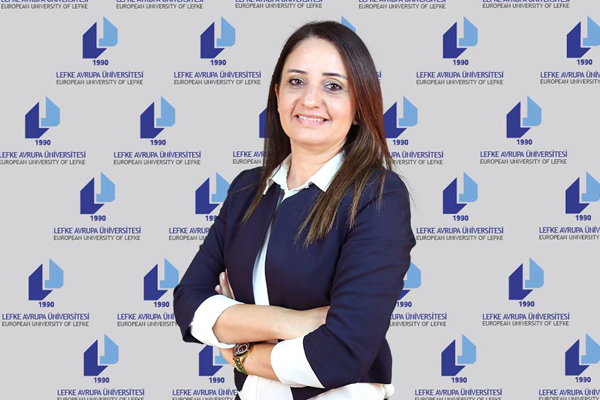EUL Academician Kaygısız made statements on April 11, World Parkinson’s Disease Day

Parkinson’s Patients should start Physical Therapy Rehabilitation Programs immediately after diagnosis
European University of Lefke (EUL), Faculty of Health Sciences, Department of Physiotherapy and Rehabilitation Faculty Member Assoc. Prof. Dr. Beliz Belgen Kaygısız gave information on April 11, World Parkinson’s Disease Day.
The chemical substance called “dopamine” is produced in our brain and is responsible for controlling our movements and making them harmonious and fluid. Parkinson’s disease is a progressive neurological disorder caused by the deterioration of the cells in the brain that produce dopamine. Although the exact cause is not known, it is thought that genetic and environmental factors have an effect on this cell loss.” Kaygısız continued his words as follows; The most common findings of the disease from the early stages of the disease include physical problems such as slowing down in movements, tremor during rest, difficulty walking, deterioration in body posture (leaning forward), as well as psychiatric problems, pain complaints, fatigue, sleep problems, vision loss.
Kaygısız pointed out that early diagnosis, the right choice of treatment with appropriate drugs and physical therapy rehabilitation programs are important in the treatment of Parkinson’s disease, and that the symptoms seen in Parkinson’s Disease can be reduced with many different drug treatments developed in recent years, and that the patient’s complaints can be reduced by stimulating the affected brain tissue with the “Brain Pacemaker” implanted by surgical intervention.
“In Parkinson’s Disease, which usually starts at the age of 60 and later and causes many physical and functional limitations in the later stages of the disease, it is important to start the physical therapy and rehabilitation program as soon as the diagnosis is received, in the early period, to prevent permanent limitations that may occur. Muscle shortness, loss of muscle strength, balance coordination problems, postural disorders (leaning forward) should be treated with physical therapy rehabilitation programs that should be prepared specifically for each patient and progression should be prevented.” Kaygısız, who used the following information in the continuation of her statement; The rehabilitation program should be modified according to the progression of the disease and the patient’s disability status. The programs applied in Parkinson’s disease generally include exercise programs for stretching, strengthening, respiration and relaxation and exercise programs to increase function. Balance-coordination training and gait training should also be included in the program in this patient group, which has a high risk of falling due to symptoms that may occur. It is important to provide the patient with the habit of physical exercise in the early period before the patient’s functions are restricted and to ensure its continuity in order to prevent limitations that may occur in the future. Recent studies have concluded that rehabilitation programs conducted in the presence of a physiotherapist are more effective than those conducted at home due to the fact that the disease occurs at a later age and causes cognitive problems. It is of great importance to keep the patient’s quality of life high with the rehabilitation program prepared individually and to maintain the maximum possible independence.
